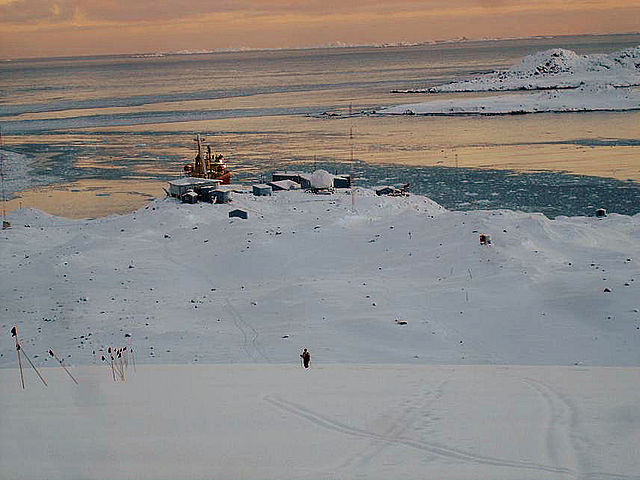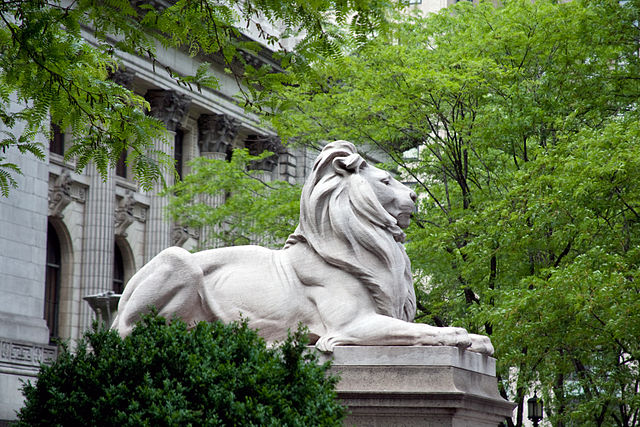We just learned a little about the
The Crusades.
At the beginning of the Crusades, some of the church leaders were very upset because some people in other lands called Turks had come along and taken over other lands.
The Turks were not Christians, and many people said that the Turks were not nice to Christians in the lands they took over.
They also took over the holy places like Jerusalem.
Some of the church leaders called for people all over to attack anyone that wasn't a Christian, and even to kill them.
They called it a holy war, and told people that Jesus wanted this to happen and that if they died for this war Jesus would be happy, even though Jesus tried to teach people not to kill or hurt people.
One of the church leaders in Germany named Peter the Hermit gathered thousands of people and got them very angry at anyone that wasn't Christian.
These people were very poor and scared, and they followed him carrying shovels and pitchforks and not much else.
They were not well trained soldiers, but they were all told to go kill anyone that wasn't Christian, so they went through some parts of Germany and killed thousands of people.
Later they went up against some actual Turk soldiers, and almost all of the poor people were killed.
Because it was just normal people and not soldiers, this was called the People's Crusade.
It was a very sad time because these people didn't really know much of what was going on, they just needed someone to follow and they were poor and starving.
So they started the crusade, killed a lot of people, and then were killed themselves.

(from: wikipedia -
people's crusade)
Kid Facts - Blast from the past: Battle of Milvan Bridge










